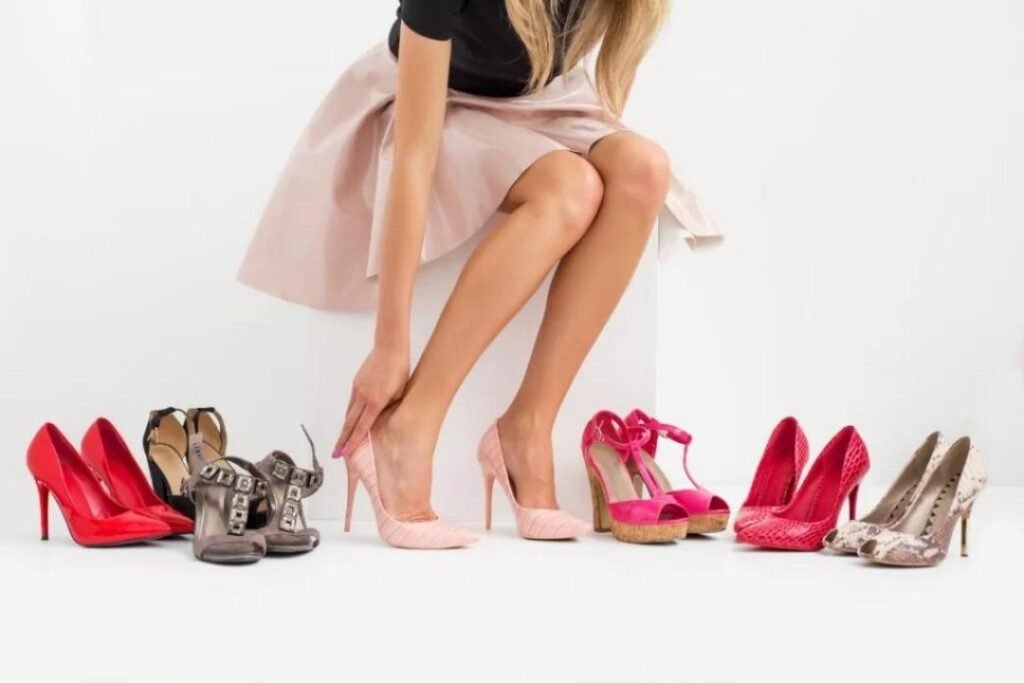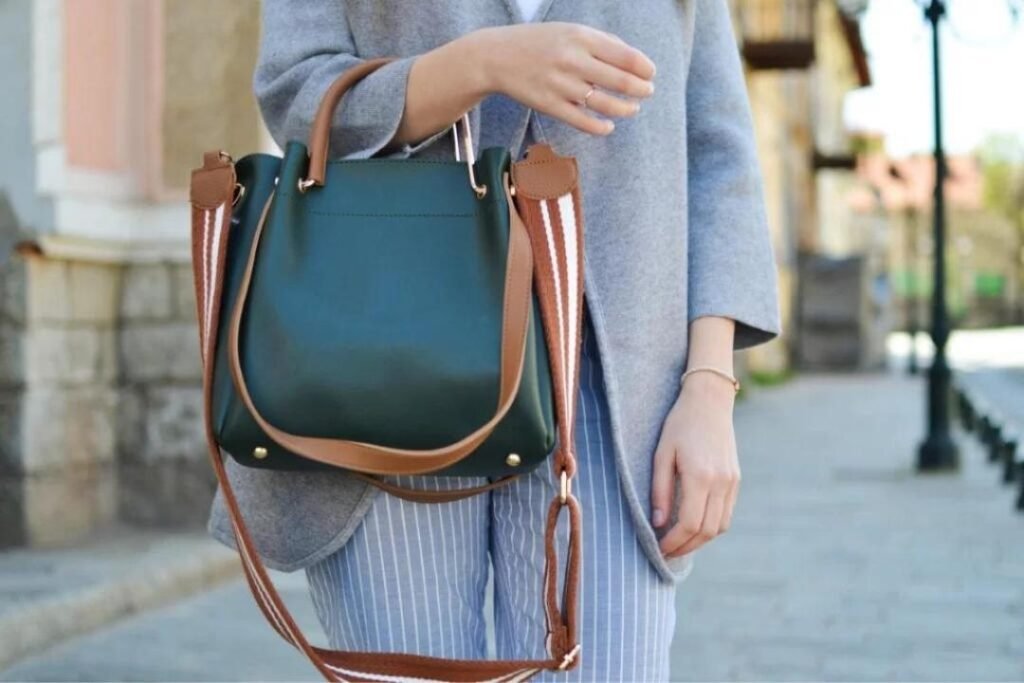Colours fascinate us all, and we match colours in our everyday life.
Especially when it comes to attire, we must be extra careful in picking the right colour for our dresses, shoes, and bags. But with all the colours out there, choosing the perfect combination may seem daunting, and it is!
But like everything else, colour is also a science, and you can never go wrong if you follow the pointers below.
The colour wheel from science class
A colour wheel is a handy tool when you need to harmonize colours on your outfit. There are three ways to do this;
- Use a monochrome palette: Choose one colour and use different shades of that colour.
- Use an analogous palette: Choose three adjoining colours on the wheel
- Use a complementary palette: Choose opposite colours on the colour wheel
What colour clothes should you wear
Clothes amount to the better part of your attire. When choosing the colour for your dress, you need to consider the skin tone, whether warm or cool, tanned or pale, or neither, in which case you would call it a neutral skin tone.
It would mean a warm skin tone if your veins are more greenish. The best colours for this skin tone are earthy colours such as browns, reds, corals, golds, etc. This does not mean you cannot wear other colours, such as greens or blues, but it would look great to choose warmer shades, such as olive green or teal.
It would mean a cool skin tone if your veins are more towards a bluish colour. The best colours for this skin tone are ethereal colours such as blues, purples, pinks, silvers, etc. However, as previously said, this does not mean you cannot wear other colours. Instead, you have to choose colours with the correct undertone.
Another factor to consider is the shade of your skin, whether dark or light. Usually, bright and bold hues of colour look great on dark skin, while pale or pastel shades look great on lighter skin.
Finally, you need to consider the occasion for which you wear the dress. Avoiding bright colours and a monochrome palette for a formal occasion is best. The possibilities for combining colours are endless if it is a casual occasion. Moreover, patterned dresses with matching colours will also help you stand out. For two-piece dresses, combining a dark shade for the bottom piece with a lighter shade for the top and vice versa can create a pleasing effect.
How to match the colour of your shoes to your dress

When choosing the right shoe colour for your dress, the occasion is the first thing to consider. The universal shoe colours are nudes, black, ivory, gold, or silver if it is a formal occasion. The universal colours for a casual event would be black, white, greys, browns, and tans.
Other than that, matching the colour of the shoes with your dress colour can be done in three ways. The first one is to match the shoe colour to the exact colour of your dress, which is the conventional way.
Another option is to use complementary colours. If your dress has many colours or patterns, you can choose one hue from it as your shoe colour. If the dress is only one shade of colour, you can use a patterned shoe containing that colour.
The last option is to use contrasting colours on the colour wheel to make a bold statement. For example, you can wear red shoes with a green dress or orange shoes with a blue dress.
Complement your outfit with the colour of your bag

Bags are a mandatory accessory for any outfit. When matching the colour of your bag with your dress, again, the main factor to consider is the occasion. For formal occasions, it is always best to match the colour of your bag with the colour of your dress. If the dress has multiple hues, you can choose one of them to be the colour of your bag.
Another option is to match or mismatch the colour of your bag with the colours of your shoes. If you choose the same colour on your shoes for your bag, the result would be a neater outlook.
If your shoe is patterned, you can use one hue from the pattern for your bag and vice versa. You can also mismatch the colour of your bag with the colour of your shoes in a complementary manner.
However, your shoes and bag are not recommended to have different patterns. Even with mismatched colours, your bag should go with your shoe.
You can also use a contrasting colour for your bag to the other outfit. For example, use a bright red bag for a simple black top and jeans outfit. These types of contrasted pairings easily stand out.
The most versatile bag colours are black, cream, nude shades, and brown. These colours can match any dress and shoes and still look great.
It must be noted that patterned dresses mixed with plain-hued shoes and bags give a sophisticated and fashionable look. However, wearing a patterned dress with a bag or shoe must be done cautiously. The colours and patterns can clash horribly.
The Bottom Line
The vital thing to remember when adding colours to your outfits is always to be creative and follow your gut. It doesn’t matter whether the colours are complimentary or contrasting as long as they are pleasant to the eye. It also helps you look in the mirror to ensure harmonious colours.
